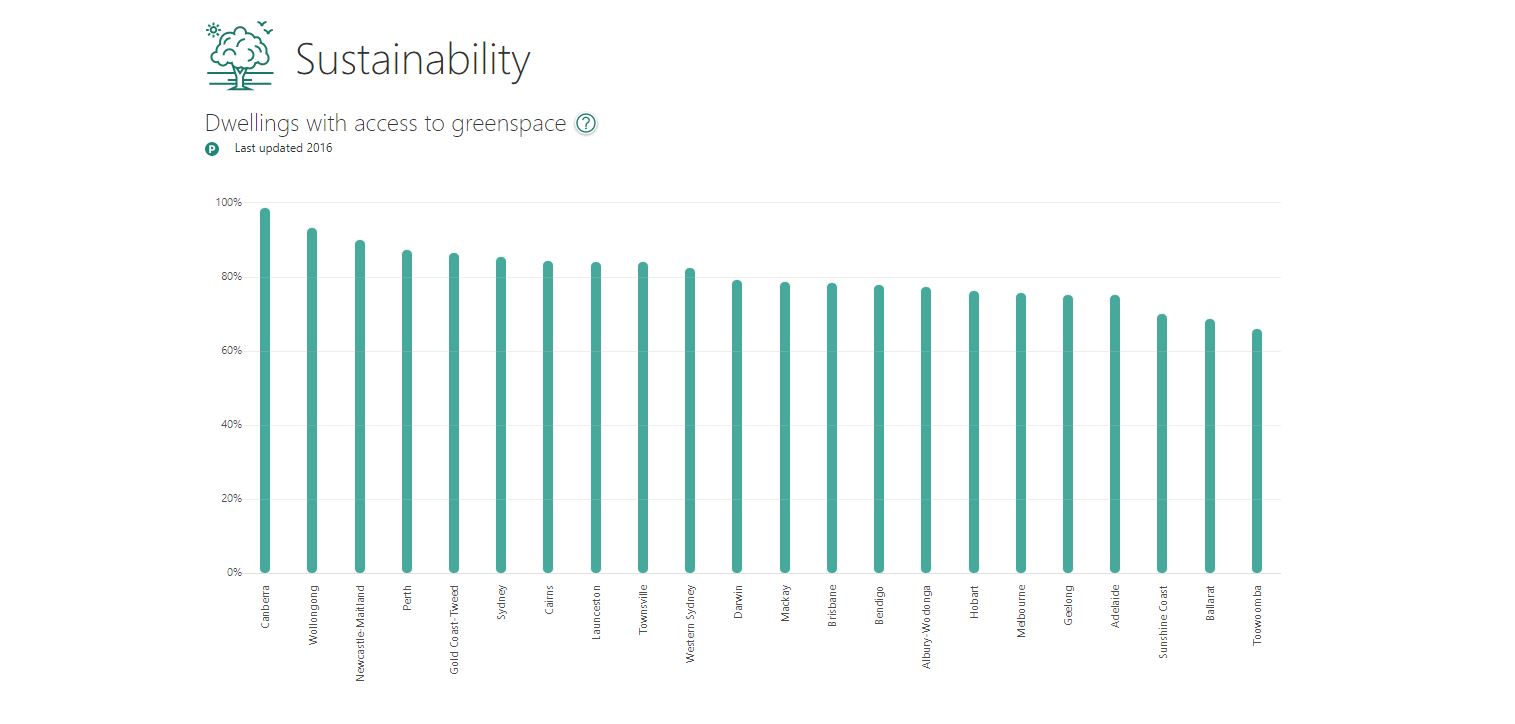Last Chance for Awards Early Bird Rate Discount Ends Today
Last chance for Awards Early Bird Rate Discount Ends Today
Resources
Newsletter
Stay up to date and with the latest news, projects, deals and features.
SubscribeThe federal government has launched a first-of-its-kind online platform that will measure the performance of Australian cities in an attempt to help governments, businesses and communities better understand the performance of cities.
Officially launched last week, the National Cities Performance Framework provides a snapshot of the productivity and progress of Australia’s 21 cities with populations exceeding 80,000 people, including Western Sydney.
Drawing on a range of Australian and international performance frameworks, data sources and literature, the performance framework measures cities based on how they hold up areas including jobs and skills, infrastructure and investment, liveability and sustainability, innovation and digital opportunities, governance, planning and regulation and housing.

Using these indicators allows the framework to judge cities on things like youth unemployment rate, access to green space, house prices and household income.
In order to create the online platform, the government held a number of consultation sessions which included expert workshops, roundtables, bilateral meetings and an online forum established for the Cities Reference Group.
Consideration of multiple indicators can provide even richer insights than consideration of single indicators alone. For example, consideration of a city’s age distribution can help to understand a city’s labour force participation rate and educational attainment.
“One of the key challenges to resolve in the development of performance frameworks for cities is how to account for the unintended consequences of urban growth,” the report said.
“Too often, simplistic policy propositions focus only on how to boost cities, and not on how to manage the consequences of growth and success.
“This Performance Framework helps us to identify such changes. As Australia enters a new phase in its policy for cities this Performance Framework can play a critical role. At the fundamental level it lays out what we should be measuring if we want Australian cities to become smarter, better places to live and work.”
Mackay, Townsville and Darwin ranked as the top three cities with the best housing affordability, while the worst, or most expensive, were the Sunshine Coast, Sydney and Wollongong.
Seven cities were on 100 per cent for share of jobs within 30 minutes by car: Albury-Wodonga, Ballarat, Bendigo, Cairns, Launceston, Mackay and Wollongong. Sydney was the worst, followed by Melbourne, Brisbane and Perth.
Melbourne and Sydney had the highest life expectancy at an average 83.7 years followed by Perth at 83.4. Albury-Wodonga was the worst at 80.8 years of age followed closely by Launceston and Cairns at 80.9.
Sydney recorded 35.6 per cent of people speaking another language at home besides English, while Melbourne recorded 32.2 per cent. Bendigo and the Sunshine Coast had the least at 5.1 per cent and 5.2 per cent respectively.
Canberra (99.0 per cent), Wollongong (93.5 per cent) and Newcastle (90.2 per cent) were the cities with the most dwellings with access to greenspace, while Toowoomba (66.3 per cent), Ballarat (69.0 per cent) and the Sunshine Coast (70.2 per cent) turned out to be the lowest.
Sydney (21.1 per cent), Melbourne (16.5 per cent), Canberra (15.4 per cent) had the highest numbers of workers in ‘knowledge intensive services’, with Albury-Wodonga (5 per cent), Mackay (5.5 per cent) and Toowoomba (7.4 per cent) trailing at the bottom of the list.
The Government will update the Performance Framework annually, starting in 2018-19.